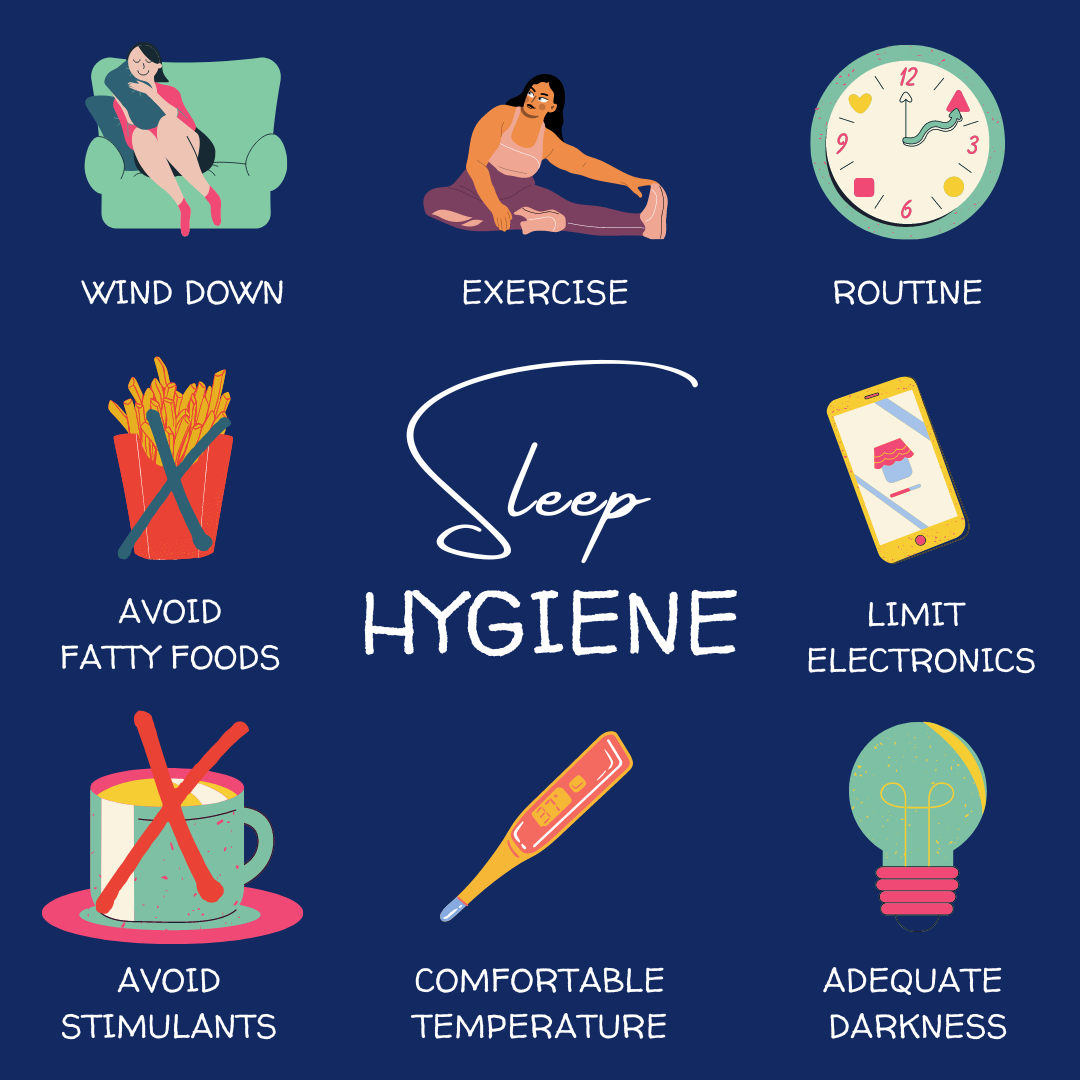Telehealth Innovations: Bridging Gaps in Healthcare Access
The Rise of Telehealth
The world of healthcare has seen a remarkable transformation in recent years, and one of the most significant shifts has been the rise of telehealth. Telehealth, also known as telemedicine, involves the use of technology to provide healthcare services remotely. This can include virtual consultations, remote monitoring, and even wearable health tech. The COVID-19 pandemic accelerated the adoption of telehealth, but its roots go back much further. The idea of telehealth has been around for decades, but recent advancements in technology have made it more accessible and effective than ever before.
Empowering Patients through Virtual Consultations
One of the most notable aspects of telehealth is its ability to empower patients. Virtual consultations allow patients to connect with healthcare providers from the comfort of their own homes. This can be especially beneficial for patients who live in rural areas or have mobility issues. Virtual consultations can also be more convenient for patients who have busy schedules or live far away from their healthcare provider. By making healthcare more accessible, telehealth has the potential to improve patient outcomes and reduce healthcare costs.
Revolutionizing Mental Health Care
Mental health care is another area where telehealth is making a big impact. Many people who need mental health services face barriers to accessing care, such as stigma, cost, or lack of providers in their area. Telehealth can help overcome these barriers by providing virtual therapy sessions and other mental health services. This can be especially important during times of crisis, such as the COVID-19 pandemic, when the demand for mental health services is high. Telehealth can also make it easier for people to access specialized mental health care, such as therapy for post-traumatic stress disorder (PTSD) or eating disorders.
The Future of Remote Patient Monitoring
Remote patient monitoring is another area where telehealth is making a big impact. This involves the use of wearable health tech, such as smartwatches or fitness trackers, to monitor patients’ health remotely. This can be especially beneficial for patients with chronic conditions, such as diabetes or heart disease, who need regular monitoring. Remote patient monitoring can help patients stay healthy and avoid hospitalizations by detecting potential health issues early. It can also help healthcare providers make more informed decisions about patients’ care.
A Game-Changer in Chronic Disease Management
Chronic disease management is another area where telehealth is making a big impact. Many people with chronic conditions, such as diabetes or heart disease, need regular monitoring and management to stay healthy. Telehealth can make it easier for these patients to access the care they need by providing virtual consultations and remote monitoring. This can be especially important for patients who live far away from their healthcare provider or have mobility issues. By making chronic disease management more accessible, telehealth has the potential to improve patient outcomes and reduce healthcare costs.
The Role of AI in Remote Diagnostics
Artificial intelligence (AI) is playing an increasingly important role in telehealth. AI can be used to analyze data from wearable health tech, such as smartwatches or fitness trackers, to detect potential health issues early. This can be especially beneficial for patients with chronic conditions, such as diabetes or heart disease, who need regular monitoring. AI can also be used to analyze medical images, such as X-rays or MRIs, to help healthcare providers make more informed decisions about patients’ care. By using AI, telehealth has the potential to improve patient outcomes and reduce healthcare costs.
The Future of Telehealth
The future of telehealth is bright. As technology continues to advance, telehealth will become even more accessible and effective. This will make it easier for patients to access the care they need, when they need it. Telehealth has the potential to revolutionize healthcare by making it more patient-centered, convenient, and cost-effective. As more healthcare providers and patients embrace telehealth, the possibilities for improving patient outcomes and reducing healthcare costs are endless. Read more about Telehealth advancements


